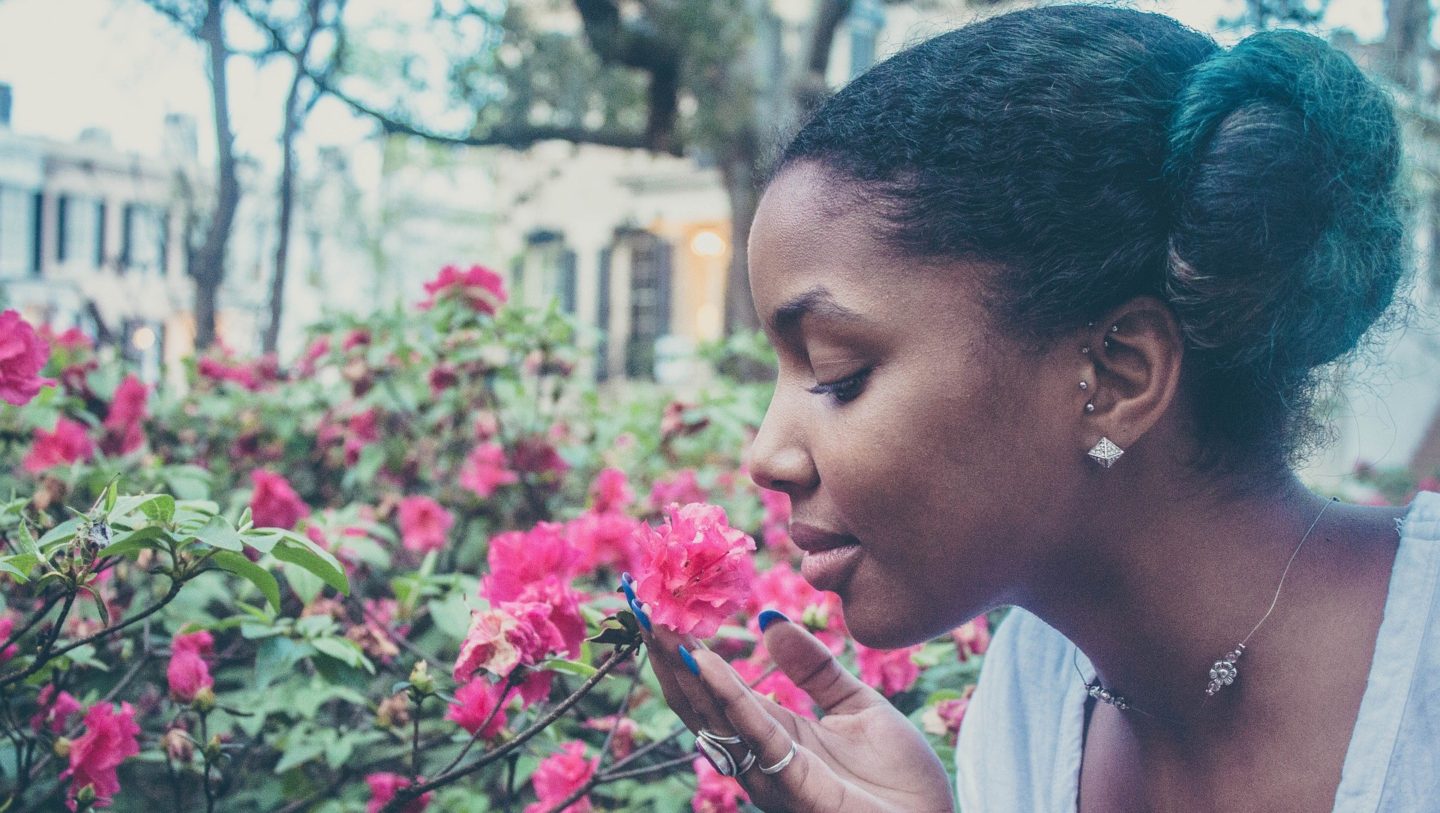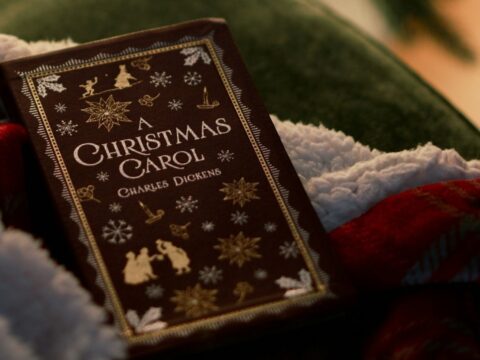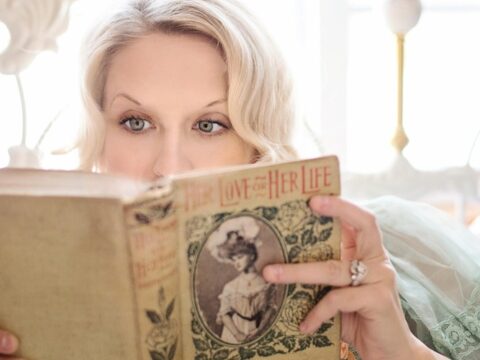I like seeing the world through your eyes, where it’s possible for everyone to have a happy ending.
Elise Bryant, Happily Ever Afters
In the past month, I’ve been getting into contemporary young adult books. Apparently when you start searching for comedy inspiration in YA, most of the suggestions that come up are contemporary rom-coms. Not my typical book of choice, but I’m enjoying this change of speed in my reading.
A book that came up on multiple “best of” lists was Elise Bryant’s Happily Ever Afters. It sounded fairy tale adjacent, so I took it for a spin.
Tessa Johnson Just Wants a Happy Ending
In this story, a biracial teen who dreams of being a writer gets accepted into a competitive liberal arts high school. She’s written romance novels her whole life, so this is a huge opportunity for her. But the very first day of class, she gets knocked off her feet by a tidal wave of imposter syndrome. Suddenly she can’t write a word.
To overcome her writer’s block, Tessa and her best friend hatch a plan to find her a boyfriend in real life to inspire her creativity before she fails her writing classes. And shenanigans ensue.
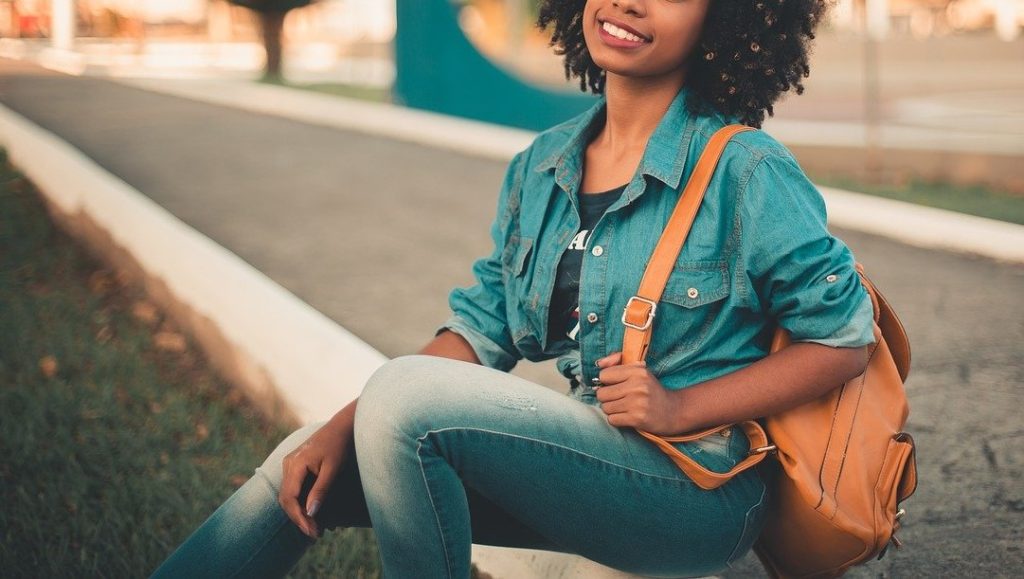
So confession: I debated whether or not to review this book. Because it definitely has aspects that I didn’t like. Was this story predictable enough that I knew in the first chapter how it ended? Yes. Did it contain an absolute sea of romance tropes and some really unnecessary language? Also yes. Was there a section in the middle that got so politically heavy handed that my eyes rolled into the back of my head? Yeeeaaahhh . . .
But here’s the thing: I devoured this book in less than twenty-four hours. And its overarching message was super great. This isn’t a perfect book, but I walked away from it feeling satisfied. And it adds something new to the discussion of what happily ever after really looks like, which is certainly applicable to this blog.
So if you’re interested, here are seven reasons to give Happily Ever Afters a try:
1. The Main Character Is Flawed But Also Great
I have a lot of appreciation for imperfect characters. Tessa Johnson is a sweet, sophisticated, slightly neurotic heroine who was also a great set of eyes to tell this story. It’s possible I related to her because she’s a writer too, but I must say that her longing to be seen paired with her terror of being noticed at all is a contradiction I personally understand. Been there.
Elise Bryant really captures the experience of living with anxiety in this character. Even though Tessa causes most of her own problems—as most teens do—there’s just something about her that makes it easy to forgive her as she’s making wrong decisions and learning as she goes. Tessa is deeply earnest and quietly fierce, and she carries around this fragile yet tenacious hope that life really can be romantic.
In a word, Tessa is a believer. And I enjoyed reading about her.
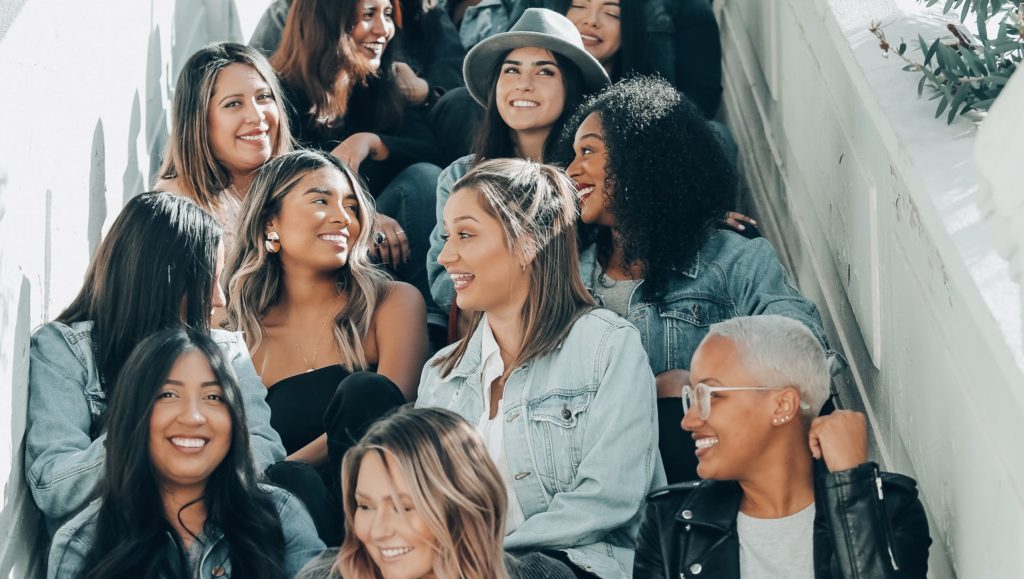
2. This Book Makes Diversity Feel Natural
I get extremely weary of what I call “checkbox diversity” in books, movies, marketing campaigns—basically all media everywhere. Writers love tossing random diverse characters into their stories so they can tick off a checkbox. Then these same character are given almost no lines and no active role in the story at all. Can we please stop treating diverse characters like props instead of people? Seriously.
But Happily Ever Afters takes diversity to a really nice place. A place in which we have a full, fun cast with many different skin colors, ethnic backgrounds, interests, weaknesses, problems, and dreams that all feel perfectly realistic and interesting to read about. Even the side characters get to play their part in this story and pursue their goals. Bottom line? Bryant actually made diversity feel natural instead of preachy. I really liked it.
3. Its Portrayal of Disability Is Beautiful
Elise Bryant is a trained special education teacher. So when I realized the main character of Happily Ever Afters has an older brother with a disability, I knew this book would have something meaningful to say on the subject. And it does.
Disability is a very emotional and complicated topic for family members, and Bryant’s take on it was both very raw and refreshingly heartwarming. She didn’t shy away from anything: the unique challenges that come from disability, the fierce protectiveness that sisters feel about their siblings, the delightful sense of humor people with intellectual disabilities often possess, and the complete joy that disability can bring to a family.
Tessa expresses over and over that she can tell so much about a person by the way they treat her brother. I appreciated how this main character embraces her brother as an important part of her life instead of an inconvenience.

4. Tessa’s Hair
I’m not joking when I say that the heroine’s hair is a character in this book. I’ve heard before that black women in western countries really struggle to accept their natural hair texture and ache to live up to ideal beauty standards. This book really dives into this pain.
I never thought that a getting-ready-for-school sequence could actually be fascinating. Reading about Tessa’s morning battle with her hair was funny, eye-opening, surprising, and educational all at once. Beyond that, her hair becomes a metaphor throughout the book of her character development. Which I found to be just brilliant.
5. This Story Explores a Variety of Relationships
Most average rom-com content focuses on the romance and not much else. The romantic tension in this book was super enjoyable to read, but there were also some lovely messages about what makes a platonic friendship healthy or unhealthy. There’s also an awesome storyline about Tessa revitalizing her distant relationship with her mom. There’s sibling camaraderie as Tessa cares for her brother and protects him over and over again from people who don’t understand his disability. And at the heart of the book is Tessa’s struggle to accept herself.
Believe it or not, this book wove all five of these love stories together seamlessly. I especially appreciated Tessa’s long-distance relationship with her best friend and the ups and downs they have to overcome. Honestly? I wish more books for teenage girls explored the realities of female friendships. How confusing they can be—and how rewarding.
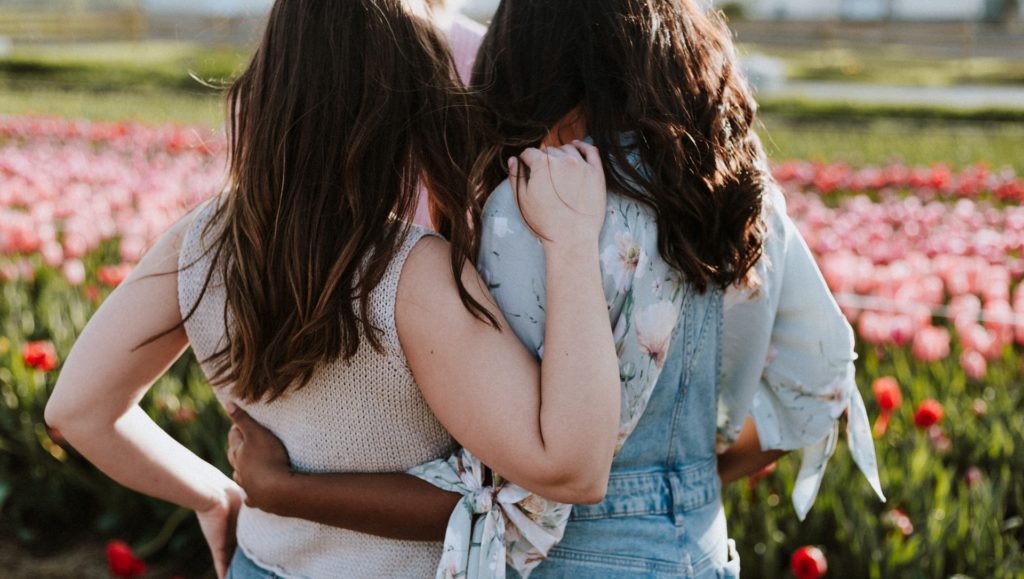
6. Even the Love Interest Is a Delight
Don’t get me wrong, the actual romance was FUN. And frankly I was relieved to see a love interest who wasn’t tall, dark, and brooding for a change. I don’t know about you, but I’m super over the angsty Edward Cullen stereotype that sneaks its way into every single YA love story in every genre. Enough with the broody bad boys who lie around angsting in dark rooms all day long! What do girls even see in that?
Here, the leading man is sweet, shy, and helpful. He’s more of a puppy than a vampire, and for the first half of the book he’s not even on Tessa’s radar as a love interest. But as I said before, you can tell from square one that he’s the guy for her. And watching this awkward, funny friendship evolve into something more was simply adorable to read. I was into it.
But I also appreciated that the love story wasn’t the endgame of this book.
7. There was a Fresh Take on Happily Ever After
Without spoiling anything for you, Happily Ever Afters explores what it takes to find a happy ending in the real world. And that happily ever after isn’t just about romance.
I did appreciate that this book shows that all girls—even those who don’t fit the cookie-cutter beauty standards—deserve love and can find it if that’s what they’re looking for. But this book also shows that before you can win in love, you need to love yourself. Because the only person who’s responsible for your growth and happiness is YOU. If you think you’re worthy of happiness and love, there’s pretty much nothing that can stop you from succeeding.
So if you’re looking for a genuinely empowering take on women, happiness, and love, give Happily Ever Afters a try. It’s worth a read. ❧


